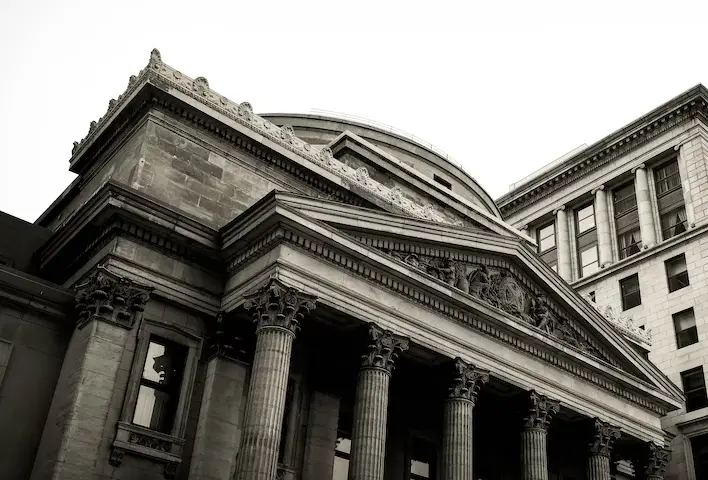On Friday, Reuters reported that after an infusion of $30 billion in deposits by 11 major Wall Street banks failed to save it, government officials are now scrambling to rescue the struggling First Republic Bank, according to sources familiar with the matter.
Reuters’ sources reported that the Federal Reserve, the Treasury Department, and the Federal Deposit Insurance Corporation have been holding meetings with financial firms over the past few days, seeking a lifeline to aid the failing bank.
According to the sources, it is hoped the government involvement may lead to more entities, such as banks and private equity companies, stepping in to aid the bank. The sources were, however unclear on whether the government was considering taking part in a private sector rescue itself. They also indicated the government would prefer to see a private sector rescue, rather than an outright failure of the bank, with it falling into FDIC receivership.
In a statement, First Republic said, “We are engaged in discussions with multiple parties about our strategic options while continuing to serve our clients.”
This week a dramatic selloff saw 75% of the bank’s stock value evaporate, after it disclosed on Monday in its quarterly report that it had lost over $100 billion in deposits during the first quarter of 2023. Following the collapses of Silicon Valley Bank and Signature Bank in March, the San Francisco-based lender has struggled to maintain liquidity as depositors, fearing the worst, have sought to withdraw their funds.
Last month, Silicon Valley Bank, a major lender to the tech and start-up sectors, was seized by regulators shortly after the crypto-currency focused Silvergate bank announced it had liquidated. Immediately after the collapse of Silicon Valley Bank, New York based Signature Bank was seized by regulators amid a run on its deposits and liquidity concerns.
Last month, a group of major Wall Street Banks injected $30 billion into First Republic to help it cope with liquidity issues as it underwent a run on deposits. The fear was if it collapsed, so soon after Silicon Valley Bank and Signature Bank, it could trigger a crisis in confidence in the financial sector, producing a broader run on deposits which could turn into a contagion.
However the $30 billion injection appears to have been insufficient to fully fortify the bank, and as confidence in it has dropped, investors have noted it’s stock price has lost 97% of its value for the year.

